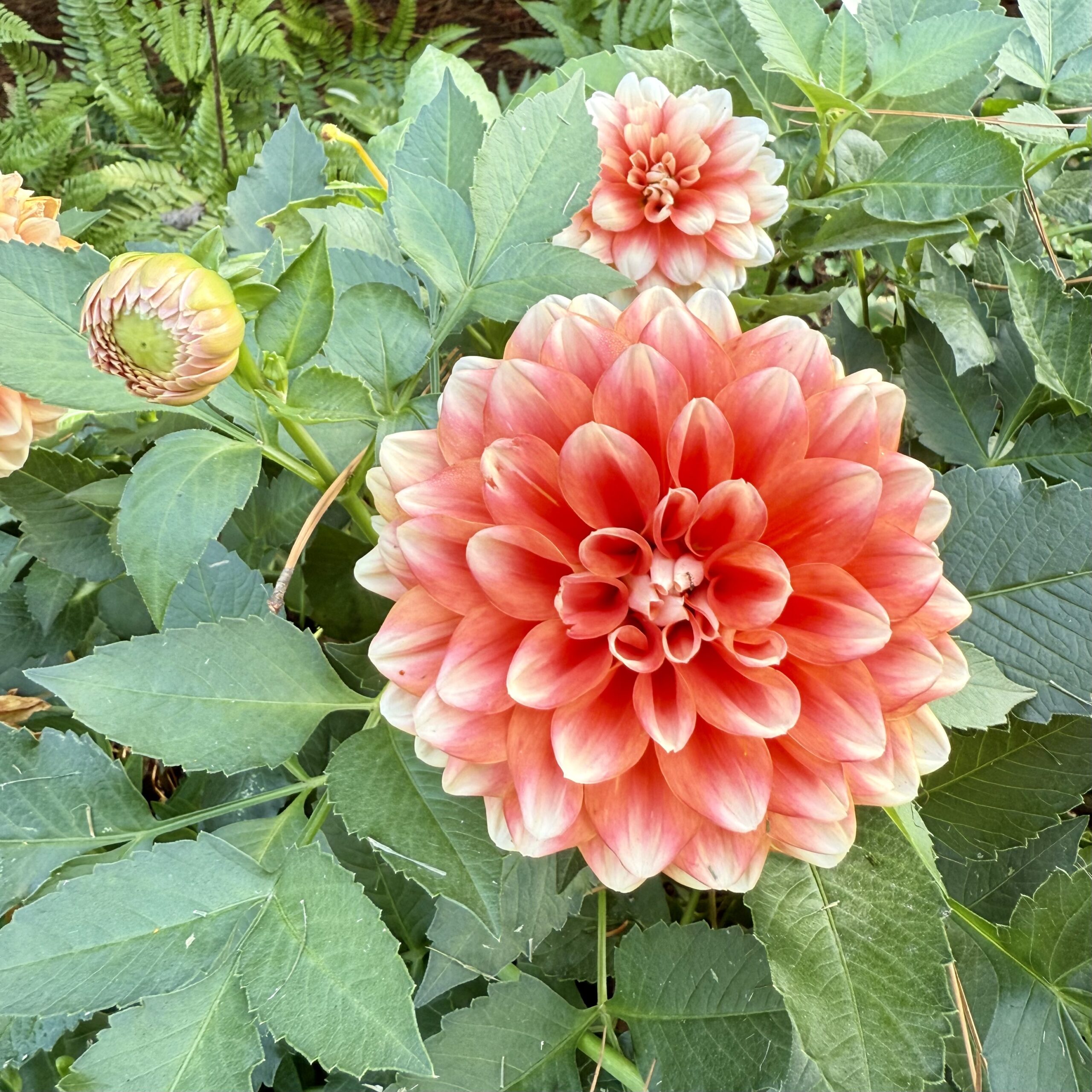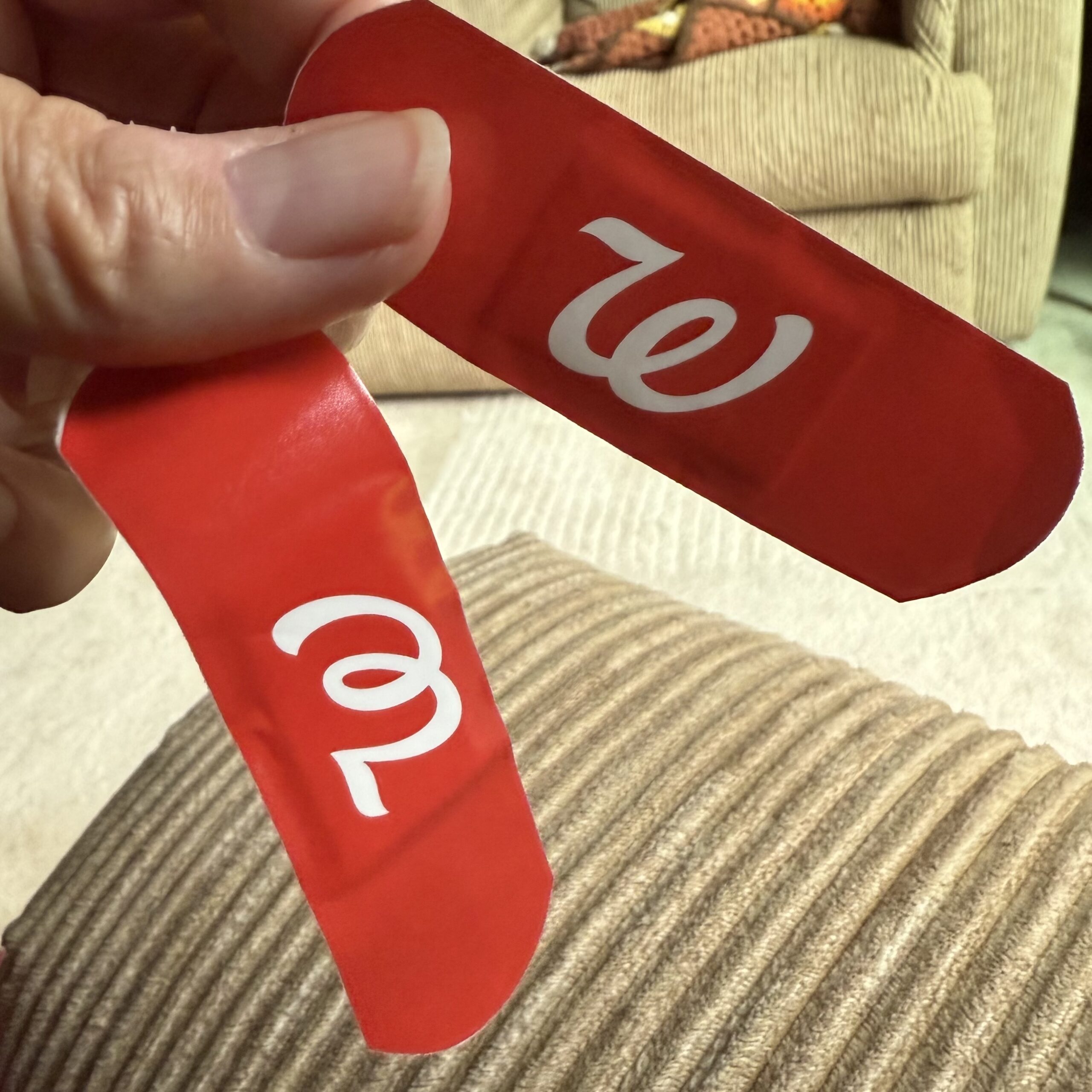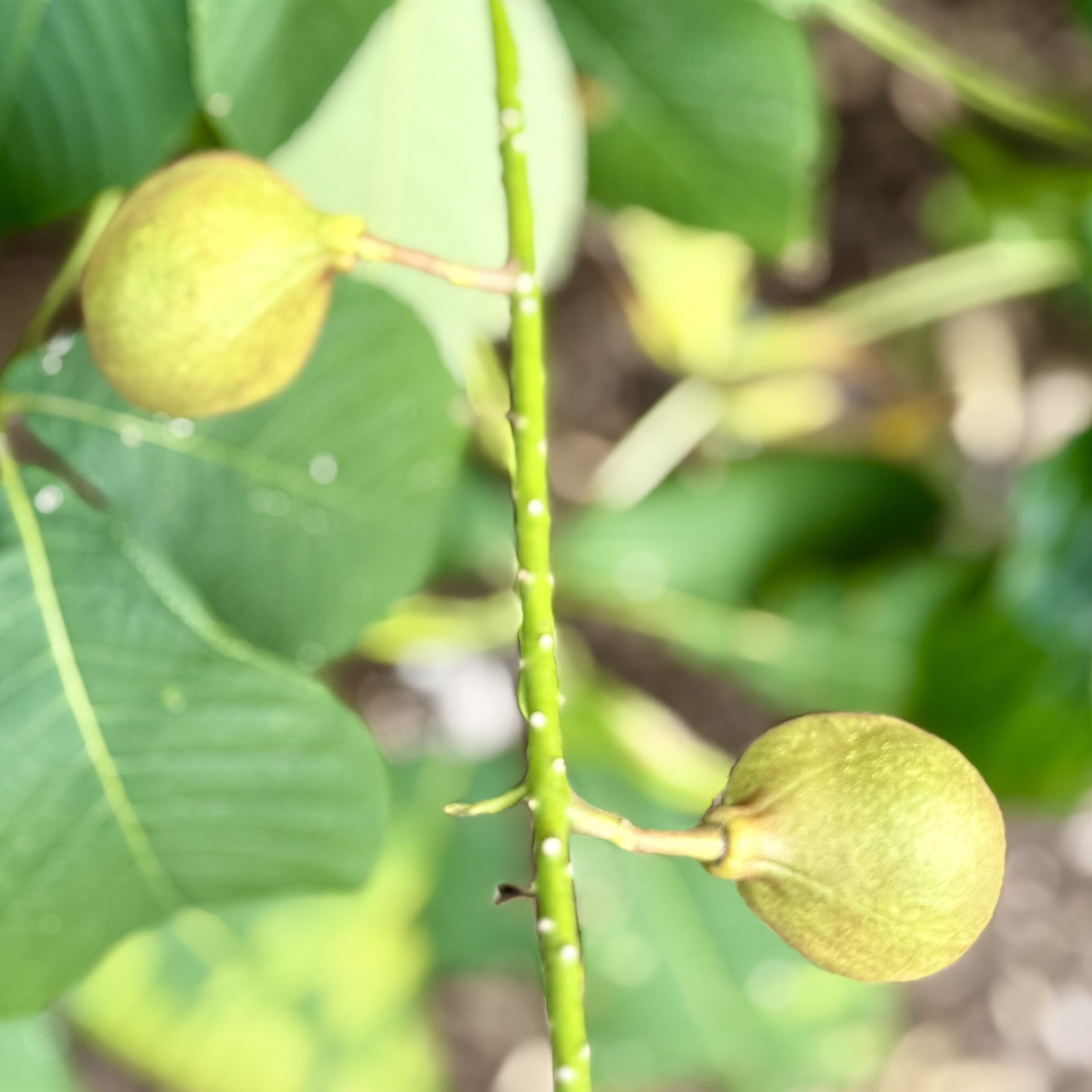
It might still be on the early side, but I put in my herb garden last weekend. (If a surprise frost comes in, I’ll cover everything.)
The chives and the huge grove of parsley . . . overwintered (I actually need to harvest that parsley!), but everything else is a “start” or a “bedding plant” I picked up at my favorite nursery late last week.
Want some tips about choosing and planting bedding plants? It’s easy, sure. But there are a few tricks to know.

First, when you’re choosing a bedding plant, look for a healthy plant. I know that sounds very obvious. But what, exactly, IS a “healthy plant?” Well. . .
- It’s not too big yet. (It will grow.)
- It’s not really blooming much — but you can see plenty of buds (“future blooms”; after all, you want it to bloom in your garden — not at the nursery).
- It has lots of tiny, new leaves emerging on the plant (“future growth”).
- It’s not “leggy.” (That just means it’s been in its nursery container for a long, long time. It’s not always bad, but if you have a choice, choose the “not leggy” plant.)
- It doesn’t have roots coming out the bottom of the container. (Again, that just means it’s been growing in its nursery pot for a long time, and might be getting stressed.) Later in the growing season, it’s hard to find bedding plants that aren’t “leggy” or that aren’t a little root bound . . . but at the beginning of the season? You should be pickier if possible. (By the way, feel free to pull a plant out of its container and take a look at the roots before buying; it’s totally allowed! Just be gentle and respectful.) (I buy plenty of plants that ARE root bound in their containers, but if I have a choice not to, I buy those that aren’t root bound instead.)

If you don’t plan to plant your new bedding plants right away, make sure to give them lots of love until you do. Keep them in the shade, give them plenty of water, and mind any frost warnings. It’s generally best to get them in the ground (or your container) as soon as you can once you bring them home.
At planting time, dig a little hole that is big enough to comfortably hold the plant at the same soil-level as it’s been growing in it’s little container. I like to dig the hole a little deeper and a little bigger in diameter so I can backfill with some organic compost/manure. (I pick up big bags of this stuff at Lowe’s. It’s very inexpensive – less than $3 for a 40 lb. bag – and we use it for everything we plant in our garden.) (Note: I don’t use compost in my containers, though. Just potting soil.)

If I notice the plant looks a bit root bound (this one was a bit on the tight side), I gently massage it to loosen up the roots before placing it in the hole. This really does help the roots take hold easier, and makes for happier plants in your garden.
Then, I just firm up the soil around the plant, and give it a good drink of water. Planting is hard on the plant — and I want to give it the best start possible.
Best time to plant? When it’s overcast and drizzling! Don’t put off gardening just because it’s raining a little! (That said, be smart. You don’t want to endanger yourself in a downpour or a storm!)
How about YOU? Have you done much planting yet this season?
====
Let me know if you have any questions about planting. I’ll try to answer your questions — or direct you to a resource.






Have not planted anything yet but I did get some pots and soil because I want to grow herbs to use, not to feed the voles in my yard 🤣. Planning on a few types of basil, sage, chives, chamomile, and cilantro.
I planted all the things I started from seeds (peppers, tomatoes, watermelons, cucumbers, etc.) in the garden on Monday, and also some shallots that I hope grow well. It doesn’t look nearly as impressive as your herb garden, but as you said, things will grow!
I’m waiting for an overnight shipment of tomato and pepper starts, but everything else is merrily growing in the garden! I planted a few more radish, cucumber and zucchini seeds yesterday–once I figured out where all the tomato and pepper plants could go and seeing how much room I had left!
Great tips! I’m hoping to get my herbs planted this weekend.
No planting here yet. I pick up herb/veg/flower starter plants from my CSA farm late next week! Great tips, Kym!
If you bring indoor plants outside, I’d love to hear your process for that (if you have one)!
Nice herb garden! I always grow my herbs in containers and have good luck with them. They are on their way to me and scheduled to arrive tomorrow. My mesculun mix and micro-greens have all germinated and I look forward to some nice salads. I started cosmos and zinnias indoors and set them out a few days ago, they are all doing well. I love this time of year and hope the really hot weather holds off for a while!
Nothing planted outside yet… we have dipped down pretty to some cold temps this week. I plan on heading out to pick up some things soon!
WE (the collective we, meaning Fletch) planted my basil (3 varieties) in the pot on the patio as well as my rosemary and now the eggplants are in (potted on the patio – they do best there…not in the garden). My parsley did not winter over (but new has been planted). Surprisingly my Cilantro which did not grow, but rather died last year has come back! (I guess it didn’t really die.) Cucumber starts were done in by the wind…more seeds have been started. Something has nibbled my jalapeno plant. Assuming an insect because the plant was in a raised box inside a fenced garden…
what a pretty herb garden – you have some delicious harvests coming this summer! our thyme, oregano, and mint (of course) made it through the winter … surprisingly, our rosemary didn’t, but Marc replanted that. and basil of course. fresh herbs are such a treat!
Your herb garden looks beautiful. Honestly, my bed of herbs is my favorite little gardening spot. Just don’t tell the rest of the little beds.
Tomatoes and other tender plants going in this weekend as the rest of the month looks good! We’re so ready for garden season! Thanks for the good tips.